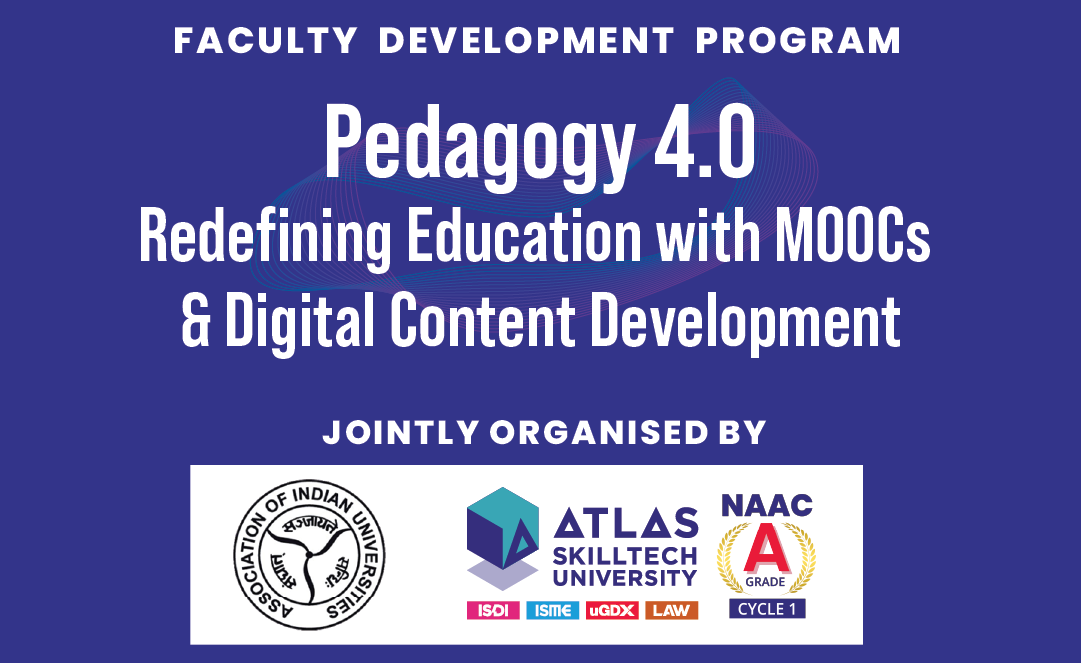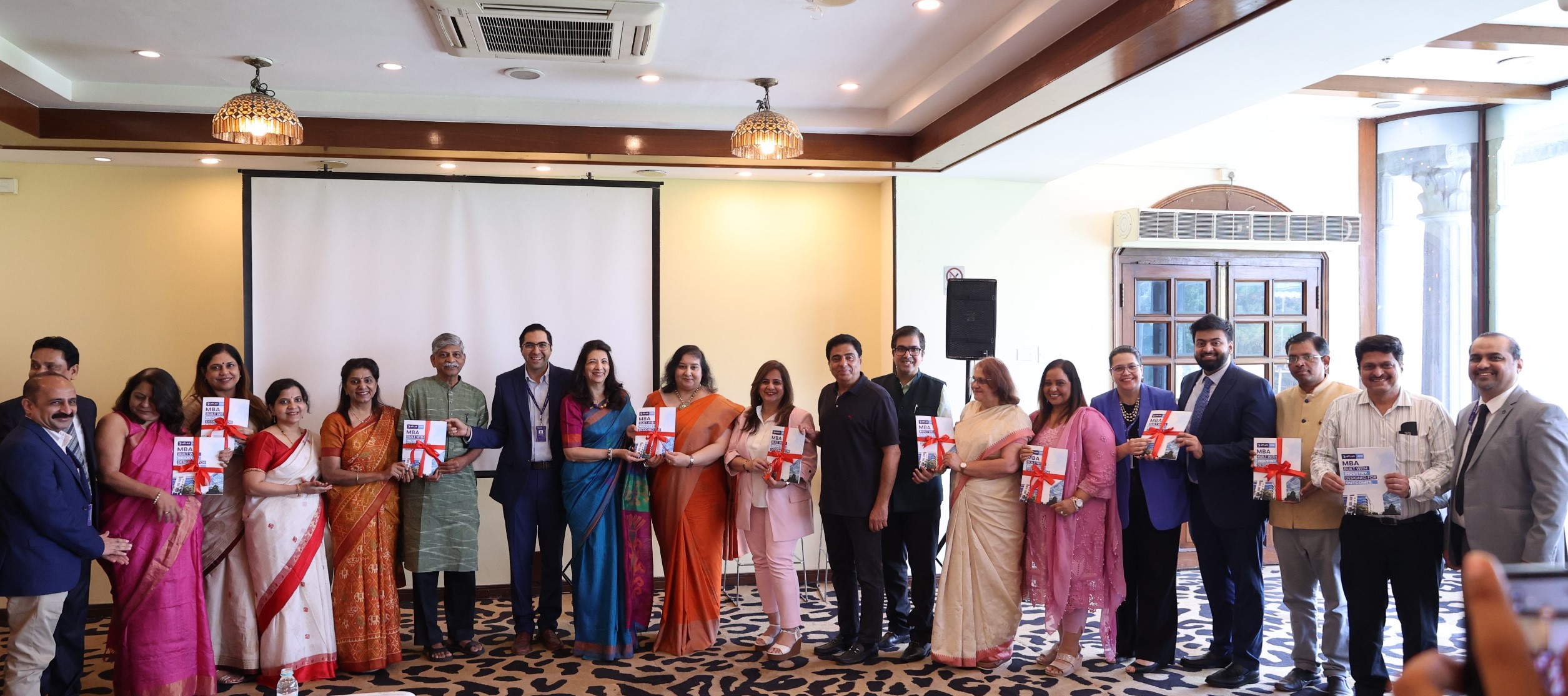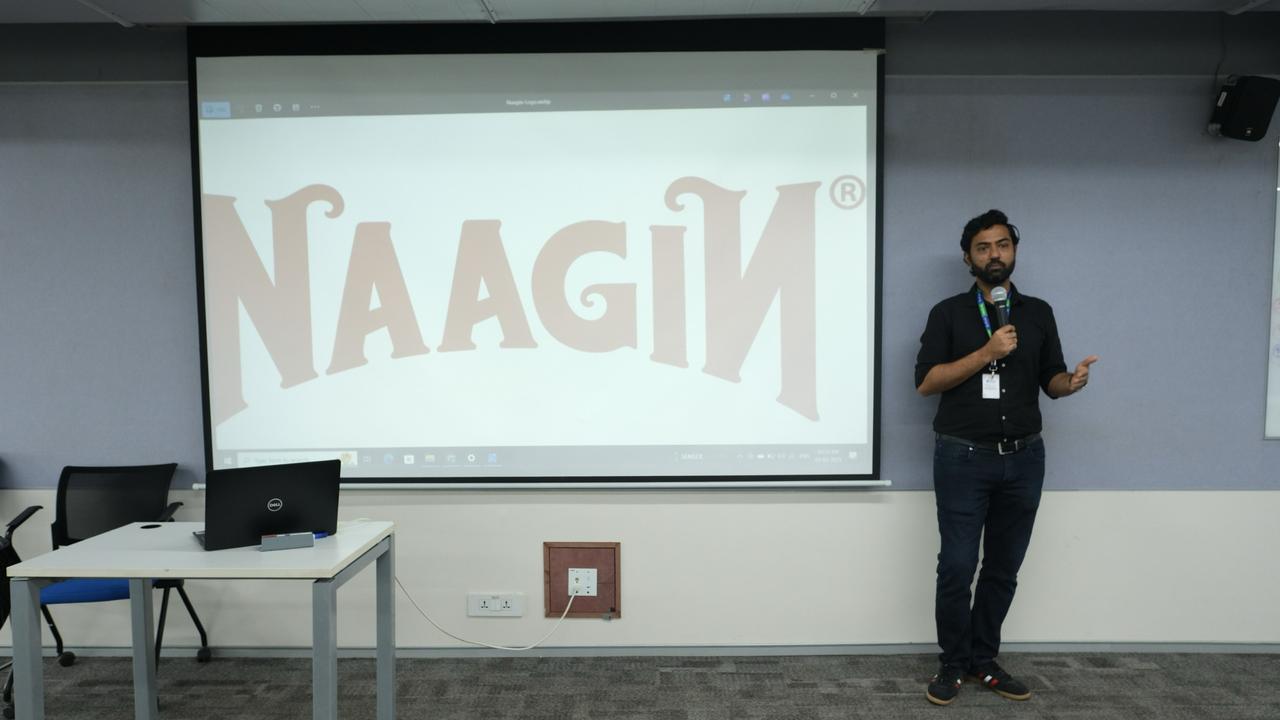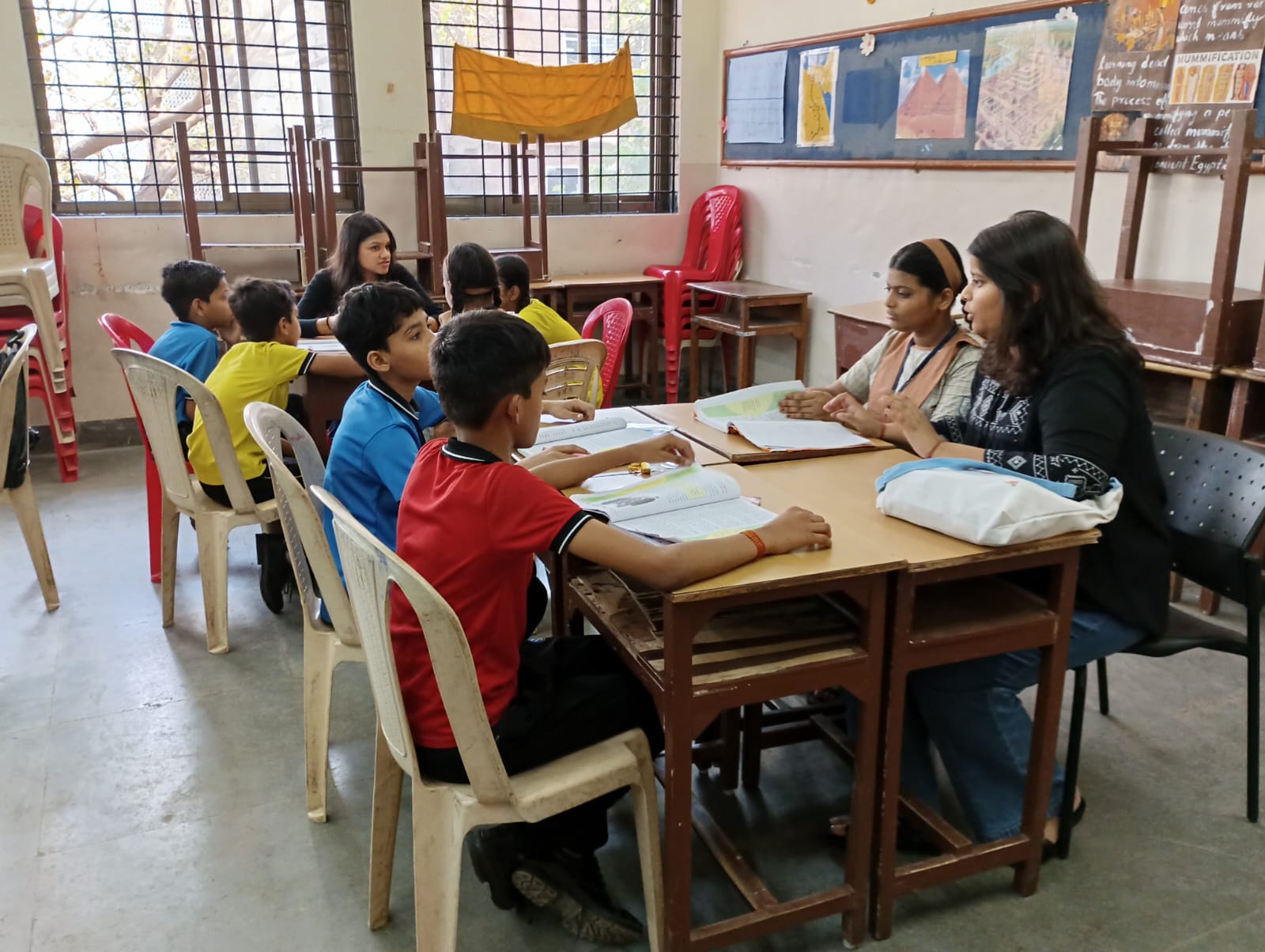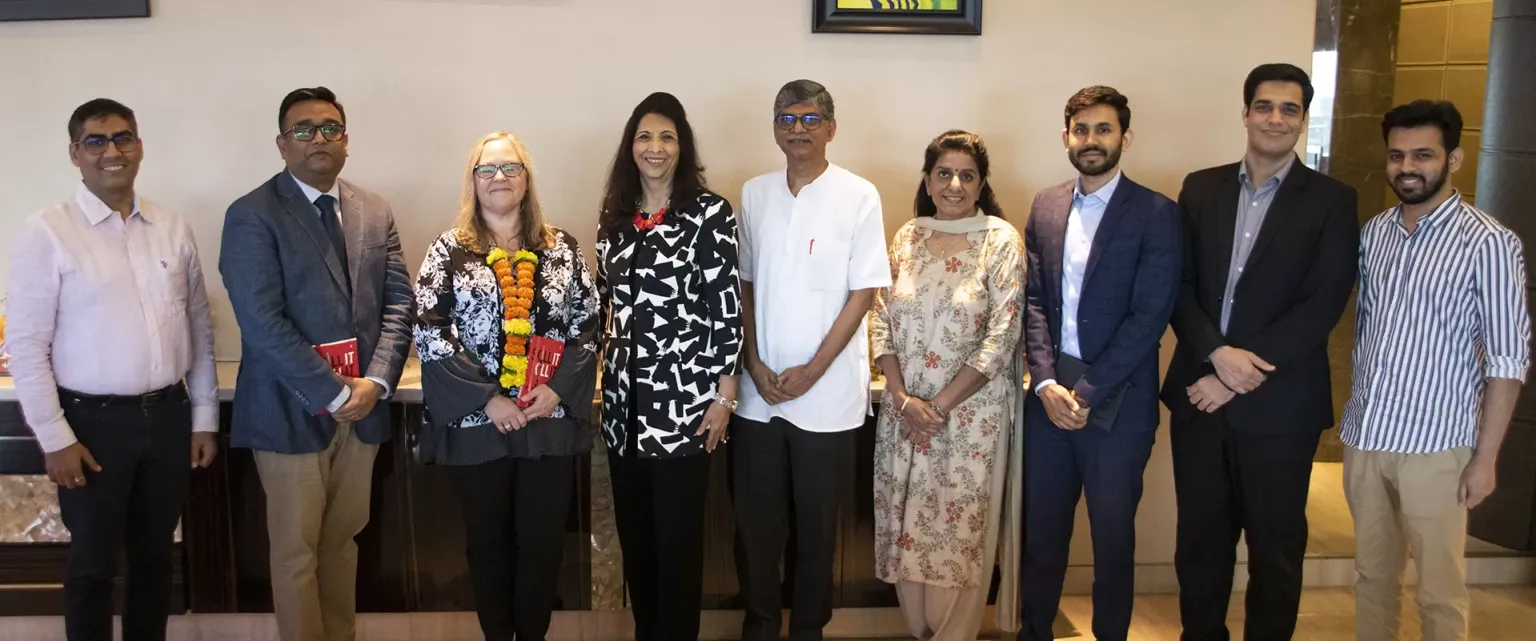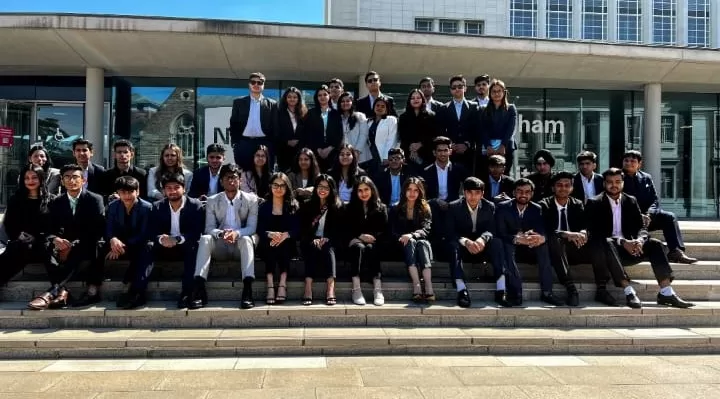Interview: Emily Huggard, Assistant Professor of Fashion Communication, Parsons School of Design | The New School, New York
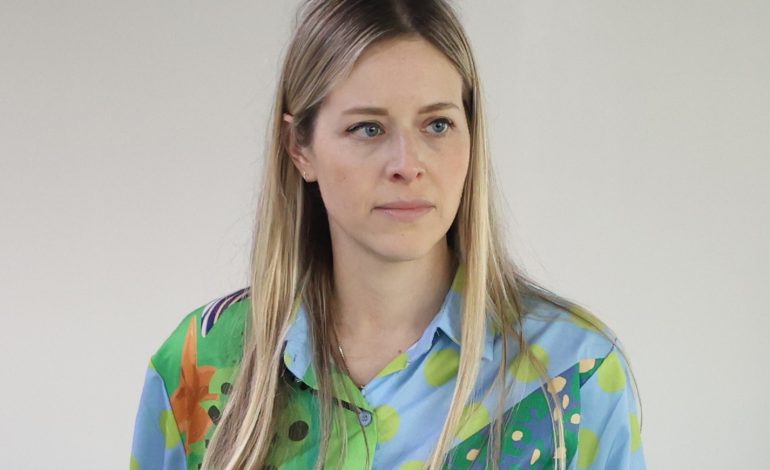
These days a number of fashion brands are mushrooming in the retail market globally. The success of a brand is measured majorly by its unique identity. There is a great demand for fashion communication experts to develop a quirky and distinctive brand identity for creating maximum impact. Know all about Fashion Communication, launching a fashion brand and emerging technologies in the field from our guest faculty Emily Huggard, Assistant Professor of Fashion Communication, Parsons School of Design | The New School, New York.
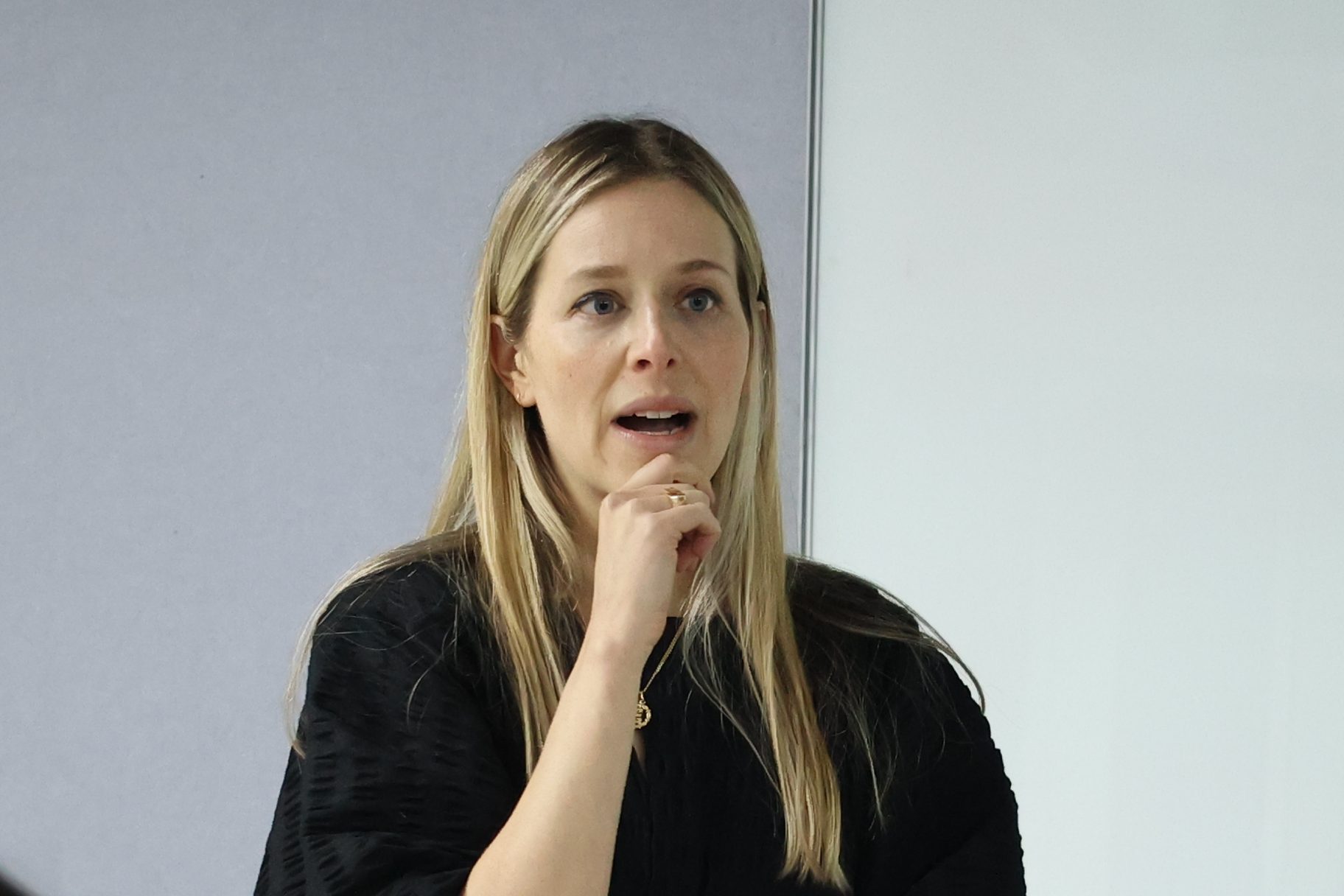
Q: For those who are new to this field, can you please simplify what is Fashion Communication?
Fashion Communication is all about thinking how a brand or designer tells his narrative in different platforms & interfaces to achieve business goals and creating strategies & objectives based on business goals in order to connect to consumers. That could be anything from social media content development to marketing promotion or working with influencers on campaigns to tell your brand story.
Q: Many students who want to enter the design field are confused while choosing specialisations. For them, can you explain the difference between Fashion Design, Fashion Communication and Communication Design?
Fashion Design has a very distinct appeal, which is a designer’s vision for a piece i.e. actually making a garment, choosing fabrics, cuts etc.
Fashion Communication is about telling designer/ brand story to the world. The special branch comes in to figure out what platforms will be the most effective for telling the brand story to your target audience.
Communication Design is a little bit of overlap with Fashion Communication. It is more related to graphic design, publication-specific content.
Q: What are the different areas one can expect to learn in Fashion Communication?
We explain students how marketing and communication work together. Fashion Communication encompasses the different concepts in Branding, Consumer Behavior, getting students comfortable with visual tools in design Photoshop, SketchUp for creating experiences and practical learning like creating fully integrated strategy. For example, if a client comes to you with an issue about building awareness or telling a story about sustainability, then you have to come up with a fully integrated strategy from website, copy, updating identity for Instagram to specific type of selling to digital marketing, advertising and analytics. In that sense, Fashion Communication is kind of all encompassing.
Q: What skills a student need to have for pursuing a program in Fashion Communication?
After joining program, students get a lot of support in lab to learn design. But it’s great if they have access to softwares like Adobe, Photoshop, Canva, Adobe Suite and Social Media Analytics. Besides, understanding a brand in terms of why the consumer like or engage with a specific brand, why certain visuals appeal them more and cultural knowledge is also important.
I tell my students to create a document of artist, stylist, music and films that they are into, because brands usually tell their story related to culturally what people care about in terms of sustainability, equality, inclusion, social justice etc. Fashion Communicators integrate everything into a brand story.
Q: Can you tell us about the emerging Technologies in this domain?
A number of students in ATLAS are learning 3D which is great not just from design perspective, but also to understand how 3D is being used in digital fashion. During my session with ATLAS students I also spoke about web 3. There are a lot of tutorials available on discord, twitch, NFTs.
It is important for you to understand what technologies are being used, reading about it, what do brands use, what are the tools? Because it’s not using technology for technology sake; it’s always using right technology to tell the brand’s narrative and for building a community.
Preparing students for emerging technology depends a lot on the research culture in the university. If your faculty is working in that space, it helps. For example, I recently finished a paper on brining co-creation within the metaverse. Taking a cue from it, some brands might launch something similar after looking at my paper.
Q: Can you share your experience of teaching at ATLAS?
The sense of community that you have here in ATLAS is commendable. Most importantly, you all are working towards a shared vision, and that is really incredible. The same infiltrates down to the students and community as well. I feel, ATLAS is in process creating something larger than other universities in India are trying to build.
Emily’s take on launching a fashion brand
The process of launching any fashion brand starts with core questions like what is the brand’s unique perspective in the market, what are the core objectives and goals of the brand over the next 1-3 years, who do you see wearing the brand, what is the ‘hero’ product that encapsulates the brand’s identity, who is a target ambassador, what is the brand’s pricing and distribution strategy, how do you define your direct to consumer strategy, what are the three global multi brand retailers would you see as a strong fit for the brand, who are the brand’s top 3 competitors and what are their core KPI’s for the year.
Once you find out answers to these questions, the next step is market research and competitor analysis. For competitor’s analysis, it is important to look at four pillars i.e. values, social content, press coverage and stockists while considering product & pricing, visual identity, positioning, messaging, core values and unique perspectives as the key points.
At the same time, managing your assets is essential which includes collection launch campaign- creatives, models, photographers, stylists, set designers that the brand will work for, collection lookbook, BTS imagery, E-Commerce, Founders/designers profile, website and editorial content, email marketing and social media.
Focus on building community, having a clear understanding of your utility and value added, amplifying the brand voice, gamifying the experience, spotlight artists and co-collaborations and bridging digital and physical experience are some of the best practices that a brand should follow.

